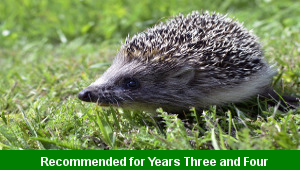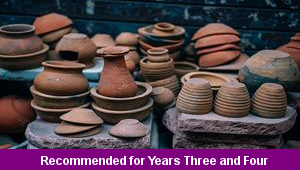Unit B – Story Library

This English scheme of work for Key Stage Two gets the children to identify features of narrative genres to plan and write a story to match the structure of one type of writing, investigate and use spellings of words with silent letters and learn how to use semi-colons to link independent clauses in sentences.

Identify features of different narrative genres to plan and write a story to match the content and structure of one type of writing

Lesson One : Silent Letters
Identify and record some of the silent letters that can be used to form a range of words to use when composing sentences for different types of narrative stories

Lesson Two : Semi-colons
Practise using semi-colons to link and punctuate independent clauses in example sentences written to match some different story genres

Lesson Three : Mystery Stories
Explain and model how to plan a mystery story to illustrate the matching content and plot structure of this type of narrative genre

Lesson Four : Science Fiction
Select and record matching characters, settings and narrative events that could be utilised when composing and publishing a science fiction story

Lesson Five : Story Writing
Identify and illustrate how to draft and edit a narrative story to match the structure and content of a specific type of narrative genre such as an adventure or mystery story
-

Classic Animal Stories
Investigate the structure and content of classic works of fiction by significant authors with animals as the main characters
-

Cities, Towns and Villages
Research and present the history of a range of different buildings and people that are part of the local community using a school exhibition
-

Recycling
Research and present some of the benefits and disadvantages that can be produced when recycling different materials at home and in school
-

Viking Pots
Develop and refine a range of different art and design techniques when working with clay to make pots that represent Viking culture and traditions
